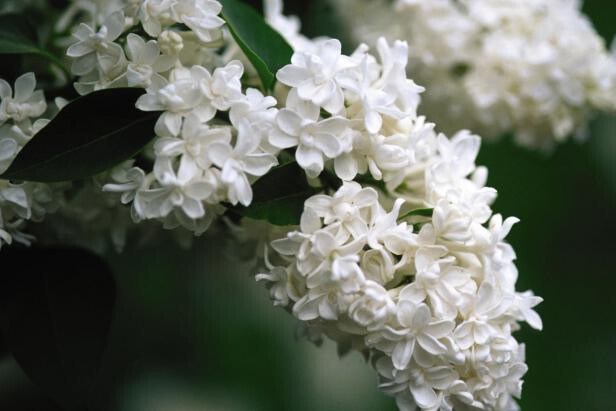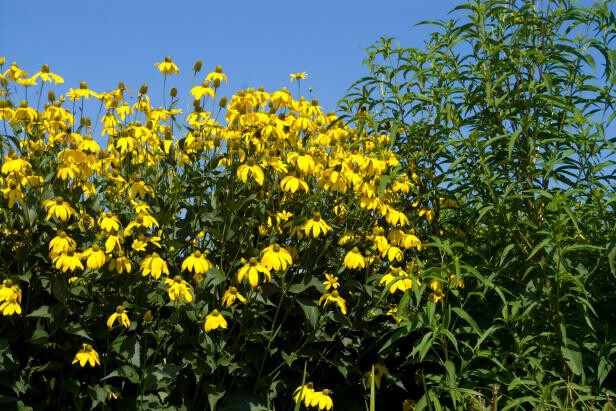
Pruning is the one activity that’s an equal opportunity terror for gardeners. Many otherwise successful green thumbs experience pruning paralysis. The stakes are high — one wrong cut and you fear wiping out next year’s flowers. While this can happen, it’s really not that dire. Timing is everything. Master that, and you can tackle pruning with ease. Take the fear out of pruning by reviewing what you should be pruning in early summer.
Spring Blooming Shrubs
Prune shrubs that flower before mid-June after they flower. For these spring-blooming beauties, remove the largest stems, cutting them back to the ground. This causes the plant to push out new growth from both the crown and all remaining stems. Prune any other stems to shorten or shape the shrub. Use hand pruners or loppers for this job, not hedge shears.
Shrubs to prune in early summer: lilac, azalea, forsythia, Japanese kerria, weigela, deutzia, mockorange, St. John's wort, viburnums and the colorful redtwig and yellowtwig dogwoods.
One exception to this rule is ninebark (Physocarpus). You can cut every stem on this gem back to the ground each spring if what you want is the coppery new growth. This pruning method helps to control plant height and size. Or, if you want to savor ninebark’s pretty white blooms, wait and use the same pruning method after it flowers.

Tall Summer Perennials
Keep the height of tall summer-flowering perennials in scale with other plantings by removing up to one-third of stem height by mid- to late June. Cutting back these plants does delay flowering, so keep that in mind. It also causes plants to branch and become bushier, which means you’ll have more flowers in the end.
Perennials to prune in early summer: joe-pye weed (Eutrochium), tall coneflower (Rudbeckia ‘Herbstonne’), bee balm (Monarda), catmint (Nepeta), yarrow (Achillea), balloon flower (Platycodon), Culver’s root (Veronicastrum), Veronica and garden phlox (Phlox paniculata).

Fall Color
With fall flowering perennials, early summer pruning helps reduce plant height at flowering, which can prevent flopping and the need for staking. Wrap up this pruning by July 4 in regions with October frost dates (sooner in colder zones).
Fall perennials to prune in early summer: asters, Russian sage, garden mums, helenium, turtlehead (Chelone), boltonia, tall sedums and monkshood (Aconitum).

Edibles & Herbs
Don’t overlook your edible crops while you have pruners in hand. Cut back chive plants after flowering—you can cut these back to stubs and the plant will resprout. Keep an eye on basil. It shouldn’t set flowers this early, but sometimes it tries. Pinch off flower shoots as soon as you see them. Snip back thyme stems after bloom, cutting to just below the lowest flower. Timing on this herb may slide into July. With cilantro, plants start to bolt (flower) as warm weather arrives. You can harvest cilantro seed (the seed of the cilantro plant is called coriander), or let a few plants self-sow and drop seed. You’ll be rewarded with a semi-perennial patch of cilantro. On established tomato plants, remove all leaves and shoots below the first flower cluster. This helps with disease control later in summer.